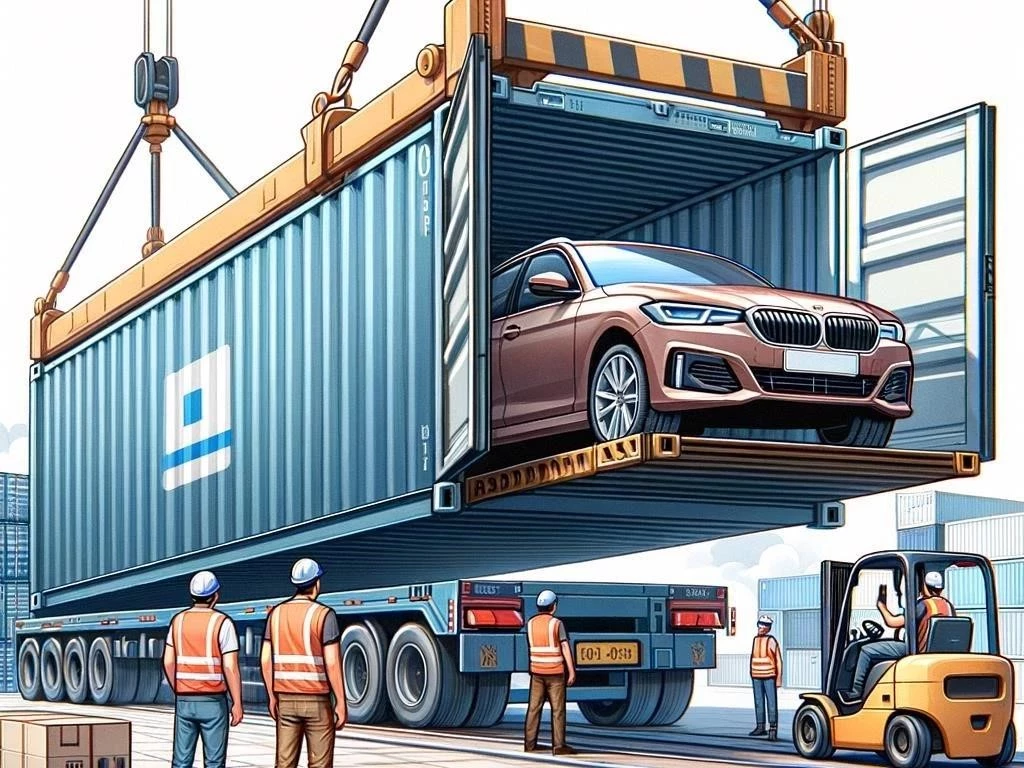Will a Car Fit in a Shipping Container
Understanding shipping container dimensions is crucial for ensuring that your vehicle fits properly, maximizing cargo space during container loading and transport.
Understanding Container Specifications
Shipping container specifications dictate the internal dimensions, weight limits, and structural integrity. Knowing these factors helps in determining if your vehicle meets the required car measurements. Each container type has specific shipping container dimensions that must align with your vehicle’s size to facilitate seamless vehicle transport and ensure compliance with customs regulations.
Importance of Accurate Car Measurements
Accurate car measurements are essential for successful loading into shipping containers. Understanding your vehicle’s dimensions allows for better planning of container loading and avoids potential issues during freight shipping. This diligence ensures compliance with customs regulations and helps minimize additional shipping costs while optimizing vehicle storage and transport efficiency.
Car Size Considerations for Shipping
Considering car size is vital for determining compatibility with shipping container dimensions. Proper assessment ensures efficient vehicle transport and compliance with packing requirements.
Typical Car Dimensions and Vehicle Transport
Typical car dimensions vary by model, but most sedans measure around 14-16 feet in length, 5-6 feet in width, and 4-5 feet in height. Understanding these measurements aids in evaluating if a vehicle can fit within the standard shipping container dimensions, ensuring an efficient and safe vehicle transport process during containerized transport.
Factors Affecting Car Size and Fit in Containers
Several factors influence car size and fit within shipping containers, including vehicle design, wheelbase, and overall height. Additionally, the container specifications and shipping methods chosen can impact loading efficiency. Proper assessment of these elements ensures a successful container loading experience, minimizing risks during freight shipping and transport process.
Container Loading Techniques for Vehicles
Effective container loading techniques ensure vehicles fit securely within shipping containers, maximizing cargo space while adhering to fitting guidelines and enhancing overall shipping logistics.
Best Practices for Containerized Transport
To ensure successful containerized transport, it’s essential to use proper loading techniques, secure vehicles with straps, and protect sensitive areas with padding. Adhering to packing requirements and understanding container specifications enhances safety. Additionally, thorough inspections before sealing containers help prevent issues during freight shipping and ensure compliance with customs regulations.
Loading Techniques and Fitting Guidelines
Proper loading techniques are crucial for ensuring vehicles fit securely within containers. Begin by measuring car size accurately and aligning it with shipping container dimensions. Utilize ramps for smooth entry, and always secure the vehicle using straps. Following these fitting guidelines minimizes movement during transport, ensuring a safe and efficient vehicle transport experience.
Shipping Methods for Automotive Shipping
Choosing appropriate shipping methods ensures vehicles fit within containers, optimizing shipping logistics. Understanding options helps manage shipping costs and enhances freight shipping efficiency.
International Shipping Options for Vehicles
When considering international shipping options, it’s vital to evaluate shipping methods like containerized transport and roll-on/roll-off services. Each method varies in cost and efficiency. Understanding local customs regulations also ensures compliance during transit, preventing delays. Accurate vehicle dimensions facilitate the selection of the best shipping option for your needs.
Freight Shipping and Shipping Costs Overview
Understanding freight shipping costs is essential for budgeting vehicle transport. Factors influencing costs include distance, shipping method, and container specifications. Accurate car measurements can affect loading efficiency and ultimately impact shipping expenses. Comparing multiple shipping quotes allows for informed decisions while ensuring compliance with customs regulations during the entire transport process.

Customs Regulations and Vehicle Storage
Understanding customs regulations is essential for ensuring seamless vehicle transport. Proper vehicle storage minimizes risks, ensuring compliance during shipping and enhancing overall logistics efficiency.
Understanding Customs Regulations for Vehicle Transport
Customs regulations govern vehicle transport and require compliance with specific documentation and duties. Understanding these requirements is crucial to prevent delays during shipping. Accurate car measurements and proper container loading ensure adherence to regulations. Additionally, providing necessary paperwork facilitates efficient processing through customs, ensuring a smooth experience in international shipping logistics.
Vehicle Storage and Packing Requirements
Proper vehicle storage and packing requirements are crucial for safe transport. Vehicles should be cleaned and inspected before loading into containers to prevent damage. Adequate padding and securing methods must be employed to minimize movement during transit. Adhering to these standards ensures compliance with customs regulations and protects your investment during shipping.








